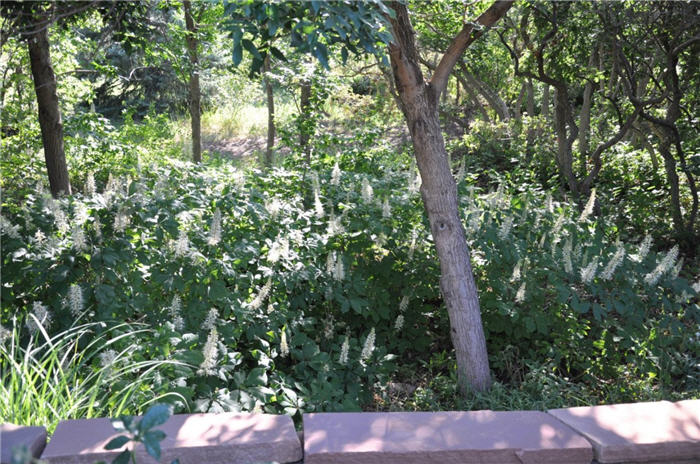| Botanical Name: Physotegia virginiana 'Miss Manners' | |
| Common Name: Miss Manners Obedient Plant |

-
Anatomy
-
Culture
-
Design
Plant Type
Perennial
Height Range
1-3'
Flower Color
White
Flower Season
Summer
Leaf Color
Green
Bark Color
n/a
Fruit Color
n/a
Fruit Season
n/a
Sun
Full, Half
Water
Medium, High
Growth Rate
Fast
Soil Type
Clay, Loam
Soil Condition
Average, Rich, Well-drained, Moist
Soil pH
Neutral
Adverse Factors
n/a
Design Styles
English Cottage, Formal, Meadow, Ranch
Accenting Features
Showy Flowers
Seasonal Interest
Summer
Location Uses
Perennial Border, Shrub Border, Raised Planter, Walls / Fences
Special Uses
Cut Flowers, Mass Planting
Attracts Wildlife
Hummingbirds, Butterflies
Information by: Stephanie Duer
Photographer:
Photographer:
-
Description
-
Notes
'Miss Manner's is a Physotegia cultivar that is less spreading, more upright, a bit shorter (24 to 30 inches tall), and pure white. Tubular flowers form clusters at the stem tips from June through August and even into September. Leaves are green, lance-shaped, and toothed. It is better suited to perennial borders and smaller areas than the species.
Grow in amended soils that are medium to moist, though well drained, and in full sun (they will tolerate dappled shade but it may reduce the blooming period and volume, and cause it to require staking). Will grow in clay soils. Pinching back the plant at the tips will reduce the height and the likelihood of floppiness without sacrificing blooms. It is rhizomous and spreads; reducing water will slow the spreading, but its best to just plan for the invasion...
Commonly called obedient plants because each individual flower will, upon being pushed in any one direction, temporarily remain in the new position as if it were hinged. Sometimes also commonly called false dragonhead because the flowers are suggestive of those of dragonhead (Dracocephalum).